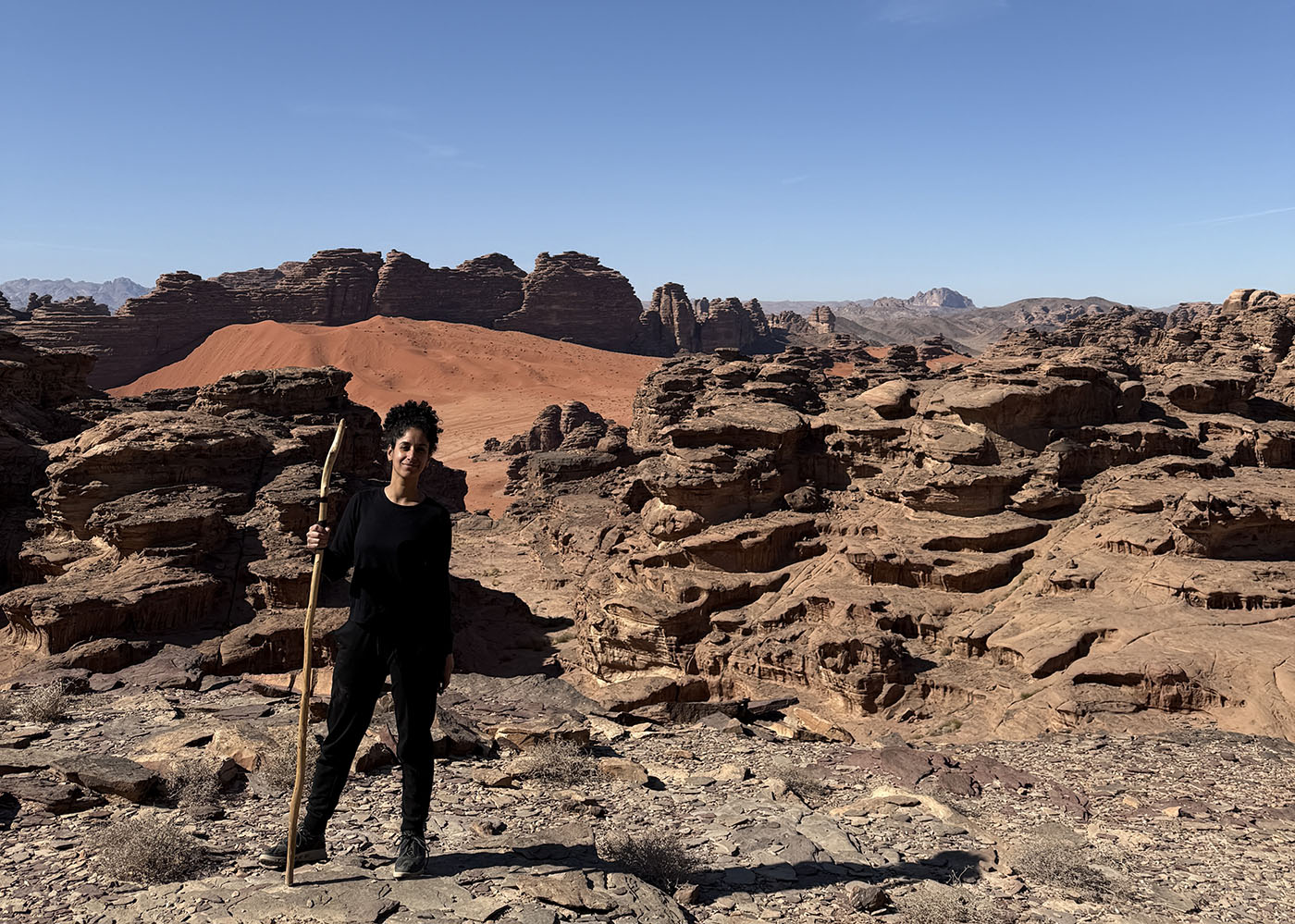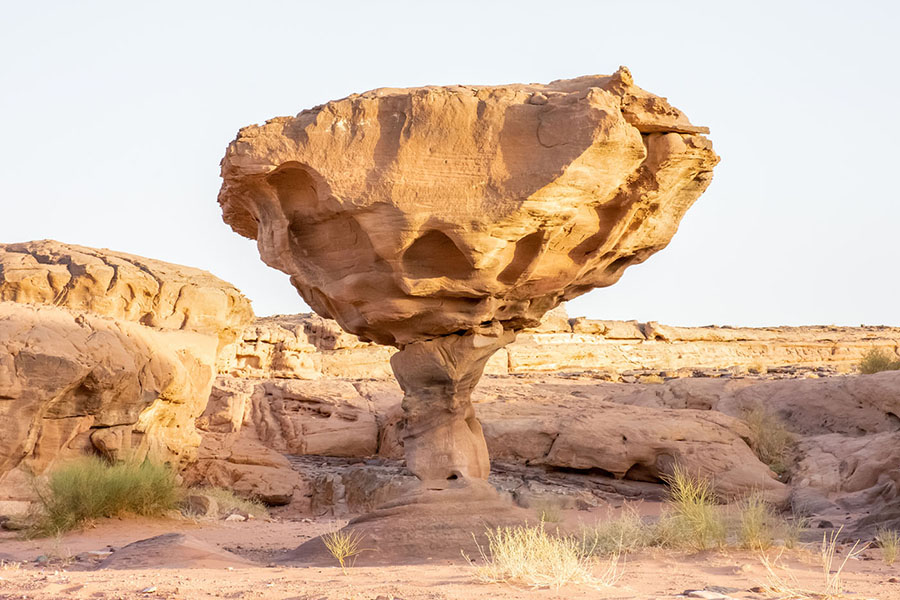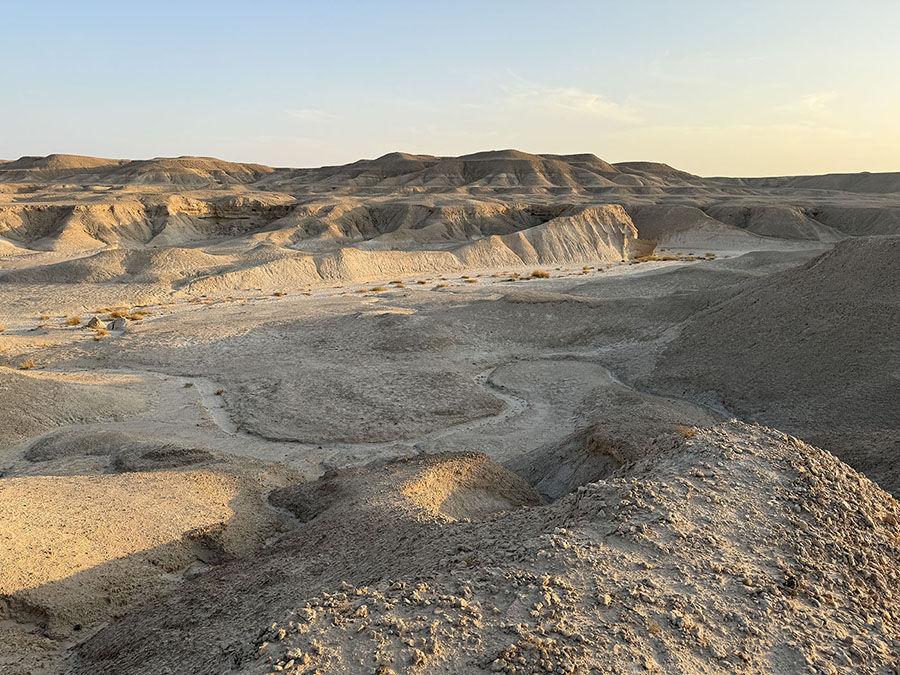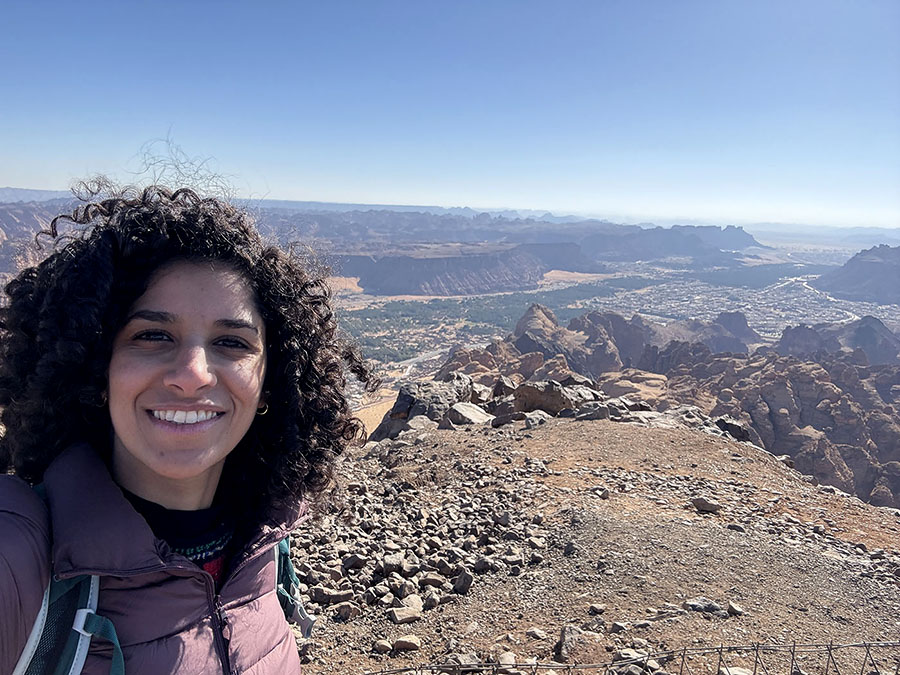Hiking into the wilds of Britain, Norway, and Saudi Arabia, a geologist rediscovers herself.
Manar Alsaif
I grew up in a house full of books. Books of all sorts in multiple languages. Our literary world was vast and ever growing. Books were the one thing our parents never restricted. To this day, every time I visit my family, I glance at each sibling’s individual library and it hints to me at the ways that they are changing, and confirms what I know of their unaltering core. I wonder what my library has said about me throughout my life. Nowadays, my library is not limited to my books, but also includes land and rock. My urban upbringing left me yearning for nature. From a young age, I abandoned my brothers’ video games to spend more time in parks and gardens (often with a book). But growing up in two very flat places (London, UK, and Qatif, Saudi Arabia) left me craving terrain. I wanted to see variety in land and topography and horizon. I wanted to follow rivers and see where they get wider and if it is the same place where the slope gets shallower. I wanted to understand mountains. Why that enormous, formidable pile of rock in some places and not others? So I became a geologist.
The thing with geology is that you’re always learning and developing two things: what we know about the Earth, and how we know it. To me, the most elegant form of geology is reading landscapes, and it is something I find myself doing whether working or not. Anyone who comes on a hike with me will be subjected to my geological musings. I apologize if this is not your thing, but it is just a fact of sharing my company. You might hear about how a river is straight in one section because it follows a fault line, and I would invite you to help me work out how the rocks may have slipped on that fault line. Or you might hear about how the minerals within the rock recount a long and varied history. Maybe they started their lives in an ocean before they found themselves being recrystallized in the core of a mountain, only to eventually get exposed by weathering and picked up by us. Or you might hear about how the landscape both shapes and is shaped by the climate, a completely continuous system that we have separated in our minds, even though the clouds enact the cycle, if only we paid attention to them.
To me, the beauty of the landscape stems from the beauty of how Earth works. I am fascinated by the process as well as the outcome, and it was all hidden until I learnt to read the landscapes and their echoes in the fabric of the rock. It still blows me away when I pick up a rock in a mountain that had clearly started its life at the bottom of the ocean. To store an ocean in a mineral and build a mountain with it is nothing short of incredible. And I am so grateful to be able to read these dramatic and magnificent histories in the rocks.
When I was younger, I was fascinated by “real mountains.” Those mountains that stand high and rugged and were totally exotic to anything I had experienced. But as I learned the ways of the Earth, I came to appreciate the lower terrains of the world. You see, high mountains are those that are still being built. Their stories are much shorter, fearsome though they may look. When mountain building stops, weathering takes over, bringing down the heights to lower terrains. But all the rock removed in the process reveals the core of the mountain. Here, the temperatures will have exceeded five hundred degrees celsius and the pressures could have been as high as ten thousand atmospheres. These extreme conditions will recrystallize minerals into more densely packed crystals, forever recording what they were before they became mountains, and what they went through to become mountains.
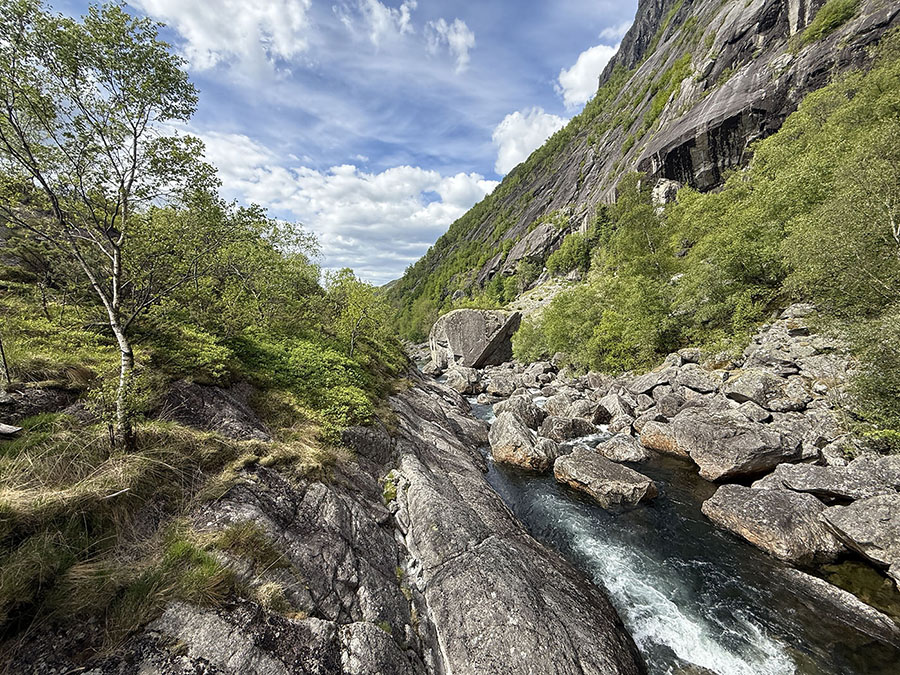
I learnt to really appreciate this when I lived in Norway. The high-pressure rocks exposed in the Norwegian mountains would have needed the weight of a rock column as high as the Himalayas to form, but later erosion has brought them down to a quarter of that height. They offer so much and tell varied and thrilling stories. I once did a piece of research looking at lenses of strange rocks called serpentinites in the central Norwegian mountains. These rock bodies were a few hundred meters long but seemed to have nothing to do with the mountain rocks around them. Our work concluded that they started their lives deep in the Earth’s mantle. They were not even from the Earth’s crust — not quite extraterrestrial, more subterrestrial. To have such large chunks of the mantle exposed on the Earth’s surface is confusing and astounding. We theorized that these rocks were brought up to the surface when an ancient ocean was opening 600 million years ago. Two hundred million years later, tectonics reversed the plate motion, closing the ocean and building a mountain in its place, trapping the mantle rocks amongst the crustal mountain rocks. Both ocean opening and mountain building are extreme processes that alter and recrystallize the rocks, leaving their distinctive signature for us to find. Mantle brought up to a seafloor, then pushed up to a mountain, then weathered down over hundreds of millions of years. Astonishing.
Even at sea level, I was always taken by the drama of the Norwegian fjords with their sheer cliff walls and deep waters. They envelop you in their drama, penetrating your mind and embedding themselves as the reference to which you will compare all dramatic landscapes henceforth. Go up a mere 1,000 meters or so in elevation and the trees suddenly disappear, telling the story of the atmosphere and warning you that the climate will be much harsher here, bundle up and be careful.
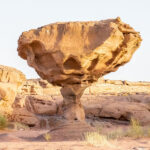
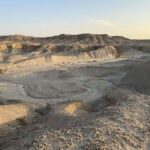
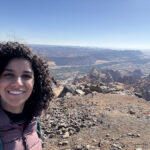
Motherlandscapes
The drama of Norwegian nature made me realize so much of nature’s stories are clearly written in the landscapes, but British nature seemed more obscure, rolled into its hills. The land’s history here is so much more convoluted, but I still found the processes written between the folds of the land. I could still get a baseline understanding by perusing the landscape. Being able to do this in these two countries which were both home to me for a significant chunk of my life made me feel connected to these places, and I started to grieve this missing connection to my motherland, whence my family hailed and where they had already returned. For so long, those lands were inaccessible to me, but not anymore. I now had the freedom to read my motherlandscapes. What was I waiting for? I went to Saudi Arabia.
This was far from being my first time in Saudi Arabia, I have both lived there and visited on vacation, but this was the first time I went with the intention to receive whatever the land would give me. This trip was not about me or my family or our relationship or a job or an event or paperwork. It was just about the land. I went with an open heart and open mind, fully accepting that I could not know how things would go. I knew that I needed to go with the flow and that I, Miss Planny McPlanster who is more comfortable with certainty and clarity, had to keep this trip unplanned and see where it took me. I wanted to discover what was out there, I wanted a taste of the variety of landscapes and to find out how accessible they are. Ultimately, I wanted to go beyond the urban, feel raw land beneath my feet and see if I could smell the Arabian wilderness. I wanted to smell the heat and the dust and the sparse flora, as I had smelled the cold and the humidity and the pines and the moss around Europe. I had no expectations, and I held onto the idea that this trip was not about me and my culture and my connection to my heritage. Except that it was, I just didn’t know it yet.
My ignorance of the place meant that venturing out on my own was unrealistic — not that I didn’t try, mind you. Eventually, through several tips and conversations with extended family, I found a handful of local companies that take groups out on hiking excursions. So I booked myself on to as many of these trips as I could find, and I roped in any willing and available sibling for good company. I was delighted and surprised by what I found. The hiking trips were full of people who were seeking adventure and found inspiration in nature. There were some small families, but mostly groups of friends and a few solo people. A lot of the excursions offered an overnight stay in a tent, and the majority of the group opted in to this. I have never been one for camping but I admit that the desert night sky with its infinity of stars tempted me. Perhaps most surprising was the female majority. For whatever reason, more women ventured out on these hiking trips than men. My world has always been male dominated, and I have always craved the female spirit, so to find myself amongst so many women, bonding with nature in my motherland was elating.
The guides consistently impressed me, they were respectful to both people and nature, and made sure everyone understood the “leave no trace” philosophy. Beyond providing leisure activities, these guides are disseminating a new and participatory outlook on the land. They are changemakers. And the weekly tours, often fully booked, show how hungry people are for it.
People crave nature. I was shooting some footage explaining the nature around me for a science communication project, and as people overheard, they slowly slid closer and closer until we were walking side by side, reading the landscapes together. So many of us expect nature to be an inaccessible wilderness from which we are far removed, but it is always there, within reach, waiting for us. In fairness, these wilder, undeveloped places in Saudi Arabia, such as around Tabuk or near Alula or even on the edge of Riyadh, did seem inaccessible. Until these companies blazed the trail.
I found myself finally exploring my motherland, where our nature is often dismissed as “just desert,” despite the presence of oases and plateaus and mountains and even volcanoes. But beyond my motherlandscapes, I was astonished to discover my people. These people now have the freedom and desire to venture out and explore. Finally, out there in the bosom of nature, I met people I could relate to: Saudi Arabia suddenly felt much less lonely to me.
As for the land, the beautiful, wonderful, varied, surprising land, it had a whole other level of connection in store for me. I usually feel one with the land wherever I am, and I enjoy chasing landscapes and getting my nose into the rocks. While that level of connection was definitely present, I also received an unexpected connection to my heritage through these landscapes. I suddenly realized that the land is written within the lines of our oral traditions. It is our disconnection from the land that leaves this story lost in symbolism. I knew now that there are real places behind the stories I grew up with, and I was reconnecting the places to the tales.
As Muslims, we all grow up with the story of Muhammad receiving the revelation delivered by Angel Gabriel while he was meditating in Hiraa Cave. Yet it surprisingly eludes us that a cave must sit in a mountain, which means there are mountains in our lands. I started to work out that reading between the lines of history and heritage is another route to read landscape. I needed the landscapes themselves and the company of kinfolk to show me this. I started to wonder if combining the two readings, that of today’s landscapes and those within our folklore, can tell us something about how the land is changing.
Let us look at fresh water on the peninsula, our most precious and historically important resource. The holy well of Zamzam, which has been cherished for thousands of years, persists today, despite how increasingly arid the land is. The same is not true of all sources of freshwater. Historically, the Eastern Province, where my family comes from, was called Bahrain, literally meaning “two seas” (not to be confused with today’s Kingdom of Bahrain). This was a region so abundant of fresh water springing out around the coast, that fresh water emerging beyond the tide line created streams within the salty seawater. Two seas, one fresh, one salty. Yet, you would be hard pressed to find someone who could take you to a freshwater spring in the region today. Names are so telling of the land. This is something that several writers discuss in different places, and yet, it took me so long to understand that it is applicable everywhere. Place names tend to give clues to the land and the landscapes. We no longer use the term Bahrain for the region, but the clue remains in the main town of Qatif, whose name speaks of easily picked fruit. Fruit trees need a lot of water, and the town was settled because it was a huge oasis of fresh water.
Qatif today is quite urbanized, and while I acknowledge that we must move with the times, I still yearn for the natural. I went looking for it in other parts of the country. I was looking for that connection to the land that I had in the UK or Norway, and I was curious about the variety of landscapes that I would find. What I found was not just a connection to the land, but through it, a route to my heritage, my family and my people. It is not yet a clear route, and I expect this is the start of a new journey of discovery that will come with challenges and complexities as well as revelations. I am starting to realize that it is not just culture that we inherit, but the complex way in which we relate to this heritage is also inherited and passed down through our families. How did our parents incorporate culture and heritage into our upbringing? How does it follow from their own? Where do I stand on heritage? These are cumulatively complex relationships within which we try to carve out our individual and cultural identities. And it is all tangled up within the complexities of family dynamics. Of course it was easy for me to find pure connective bonds to far off lands, they are not laden with all this complexity. But they also do not hold the depth of meaning that the connection to the motherland offers. By pursuing my motherlandscapes and learning to read this land, it feels as though I am learning a new language of my heritage, one that unlocks another book of my self. I do not know what it holds, but I know in my bones that I have to read it, and I will try to do so with an open mind and an open heart.



